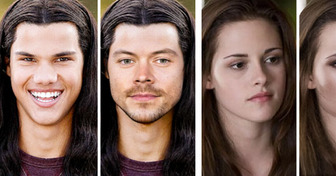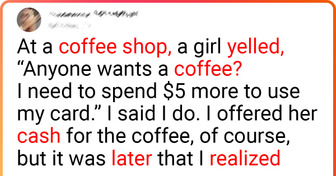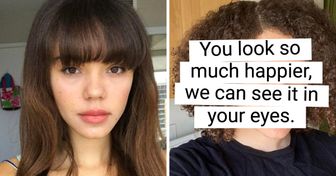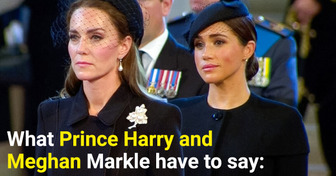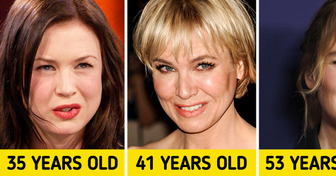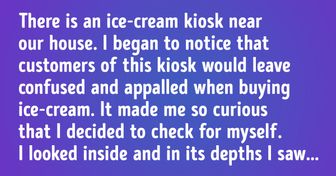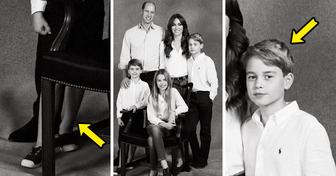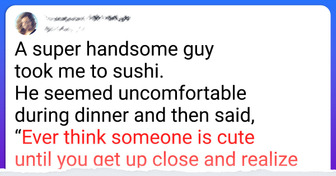21 People Who Prove Sometimes It’s Just Not Your Day
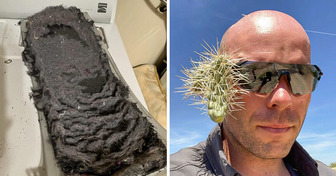
So you take your best friend Max to doggy park. He meets the labradoodle of his dreams, and they start playing together. Peaceful tail wagging quickly grows into biting each other. Oh, no — they’re going for the necks. You grab Max and rush back home.
Well, in fact, there was no need to rush home. Playing with open mouths is called mouth-wrestling or jaw-sparring. It’s a healthy way of interaction between dogs. They inherited this habit from their wolf ancestors.
When a dog is a puppy, it has to learn some important skills including fighting. Mouthing is just an imitation of it. When a puppy matures, it will know how to protect itself and respect boundaries of other doggos. All the chasing, wrestling, growling, and face-biting is a way to socialize with others and have fun in dog world. It’s something like sibling rivalry and playful fights in the human world.
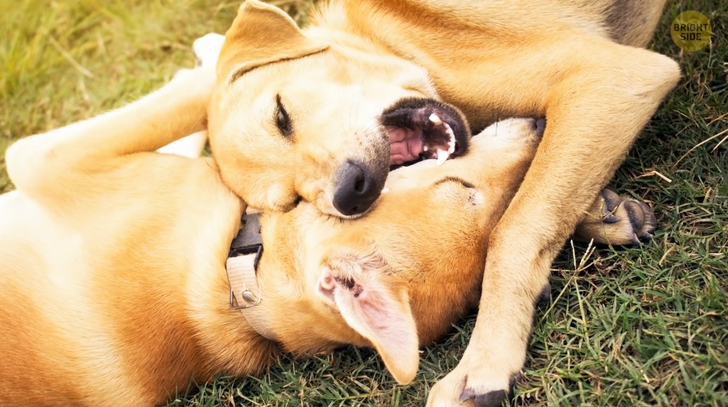
You can tell your dog is mouthing and not attacking another dog when it’s bouncing with happiness or lies down during the game. This way, it’s giving the playmate an advantage. They can also switch roles.
Now, some dog breeds are less peaceful than others. A doggy can also feel afraid, territorial, or overprotective towards its human. In this case, jaw-sparring can grow into a real fight. When one dog loses the game spirit, bites too roughly, and holds down the rival for longer than it should, well, the poor playmate will start yelping. This can make the hunter and protector instincts in the other dog even sharper.
When the dog’s body stiffens, it stops bouncing and starts chasing, shows its teeth and gums — well, it’s time to stop that game. Things get even worse when you see the hackles on its back go up, and you hear some deep growling.
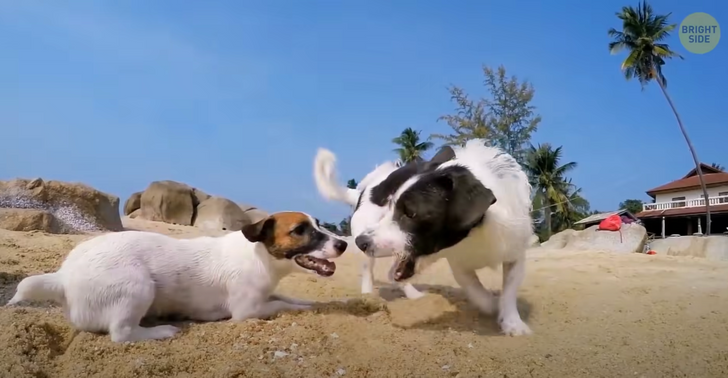
If your pet is often going too far with mouth-wrestling, you can consult a dog trainer to stop this. It’s also a good idea to teach it to be gentle with humans when it starts mouthing.
Let it play with your hands and yelp when it gets too much for your liking. The dog will startle for a moment and feel like it’s done something wrong. But that’s good! This is teaching your dog something called bite inhibition. You can also give it a toy or chew bone for a substitute when it tries to gnaw on you.
Cute kittens and cats under the age of 2 also practice mouthing. They often tumble over each other and bite one another’s necks to let out their hunter instincts. In the wild, cats are fast and merciless, and they can’t hide it behind all the purrs in the world.
Play biting with other kitties can also teach your little Mister Biscuit to be more gentle when it plays with you and other humans, so it’s all good.
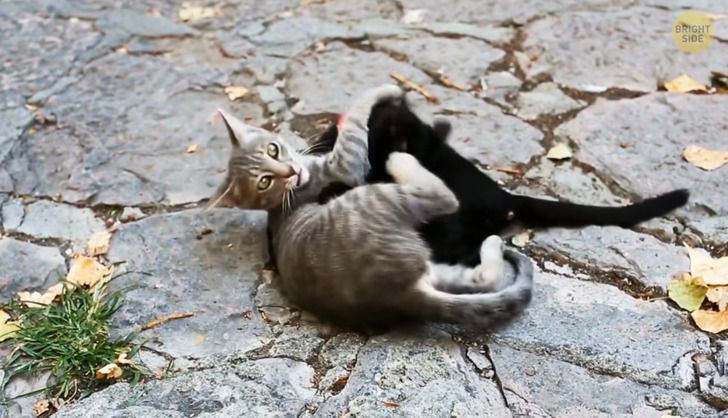
Play sneezing is something many dogs do. It’s a sign they’re happy and enjoying the process. When they’re doing something fun, they often curl their lips. Their nose wrinkles then, and they sneeze. Such sneezes are always short as they come from the nose and not from the lungs.
Dogs tilt their heads when you call their name or make an unfamiliar sound to hear it better. They’re trying to adjust the outer ears to understand where the sound comes from. They can’t understand what you say, but they can catch a familiar tone and connect it with food, walk or play time.
They can also guess what you say from your face expression. Tilting the head helps them see better with less of their muzzle in the way.
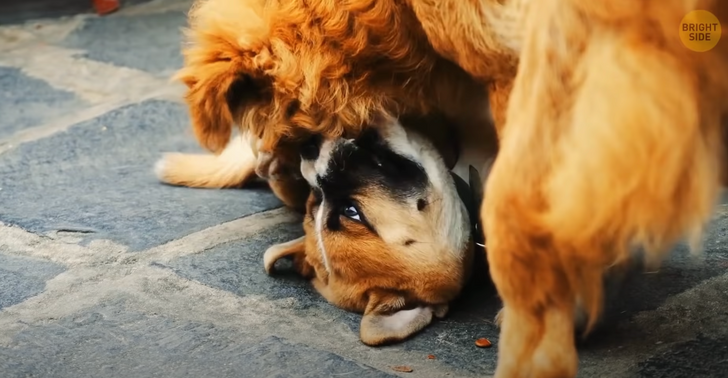
Now, cats often knock things off tables and bookshelves to express their prey drive. They’re natural hunters and explorers. The only way they can test a new object is patting, swatting, and knocking it down with their paws. Things that roll after falling make them playful. Once a cat notices you never ignore the sound of a falling something, it might start dropping things on purpose to get your attention.
Cats like to sharpen their claws on your furniture to leave a visual mark on their territory. They also do it to let their claws renew and stretch their back and shoulders. The couch seems perfect for it because it’s not too short and is sturdy enough. Well, you gotta find a good replacement with the same qualities to let your kitty scratch and release its emotions.
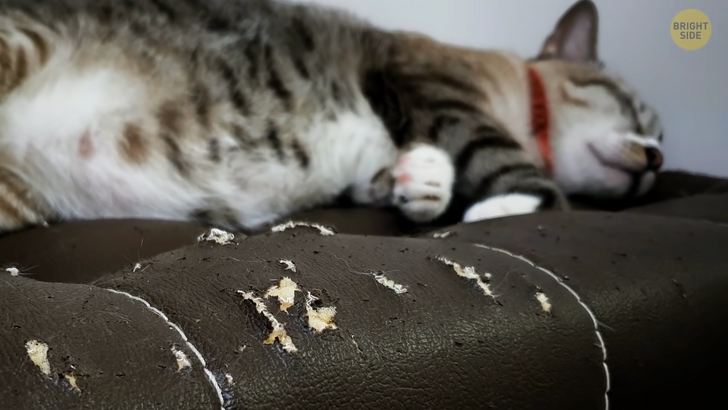
Your dog gets sudden bursts of energy known as “the zoomies” when it’s really happy. It can also circle the room at spaceship speeds to get rid of energy build-up after some sleep. For puppies, zoomies can be a nervous energy reliever. That’s why they often do it after bathing.
Now, your cat loves to sleep in the sink for nostalgic and temperature regulating reasons. First, the curvature gives them the same feeling of safety and pleasant pressure around them, they felt as part of a litter. Second, the ceramics can serve as a nice cool down surface after some time at a warm windowsill or elsewhere. Finally, your kitty might just be trying to spend more time with you as it knows you often visit the sink area.
If your fish starts rubbing itself on gravel, banging against objects in the tank, and swimming quickly without going anywhere, it must be really stressed. The reason could be improper water condition, conflicts with other fish, or unbalanced diet. Fish always need a place to hide and don’t like loud noises and banging coming from the outside.
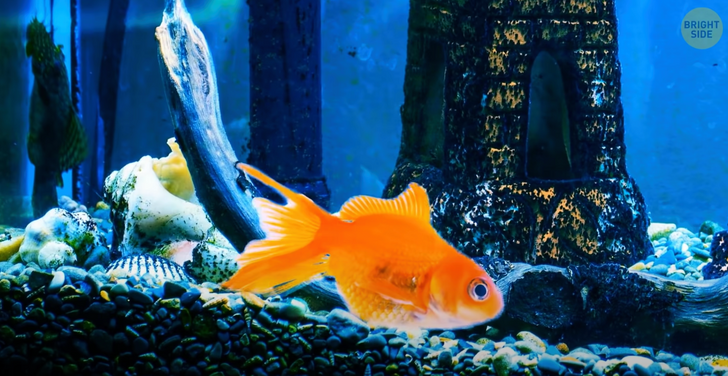
Cats freak out when they see a cucumber because it looks too much like their long-time enemy — snakes. They’re naturally programmed to jump up in the air to prevent themselves from a bite. Anything that looks similar, from toys to eggplants, causes a similar reaction. It’s never a good idea to show them things like that for fun. It can really mess up their mental health.
Your dog never winks to be cuter on purpose. They do it when they have something in the eye or dry eye. It’s also a way to break some tension and avoid a fight. Direct eye contact is a show of challenge in dog world. Your pup winks at you or other dogs when it’s ready to back down.
Now, if your cat winks at you, it’s saying it feels really comfortable with you. Slow blinking in cats is called a cat kiss. You can try slowly shutting and then opening your eyes and see if the cat does the same.
Felines rarely sneer at humans, but do it as a reaction to other cats’ invisible message. They can sense pheromones other cats leave in the environment. When they trap it with their tongues against the roof of the mouth, their lip curls.
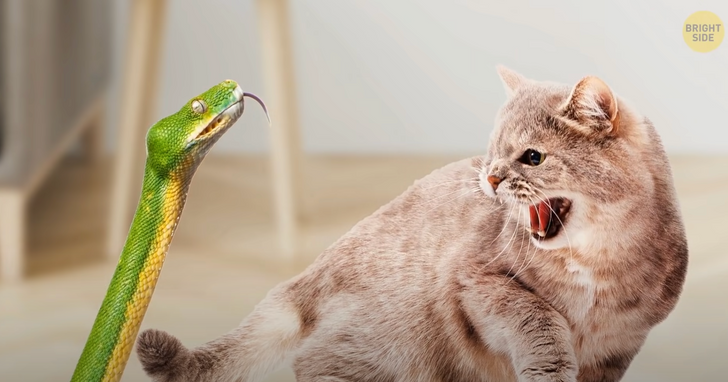
A lot of dogs like to move their bowl or some pieces of food from one location to another before eating. This way, they’re trying to protect their most precious resource. They think that, when they move it, no one will be able to find it and take it from them.
Cats often paw or knead the floor before or right after they eat. This is an instinct that goes down in cat generations. Big cats do it, too. In the wild, they have to hide food remains so that their enemies can’t find them. If you don’t like your cat doing food caching, you can remove the bowl right when it’s done eating or distract it with a toy.
Hamsters love their wheels so much because they’re natural runners. In the wild, they can run long distances over the night. They need a wheel in the cage to be happy, healthy and fit.
You can tell a hamster is happy when it stretches and plays with its bedding and toys. If it’s constantly biting the cage trying to escape, it’s not feeling good and comfy. You might want to get a bigger cage to make it feel better.
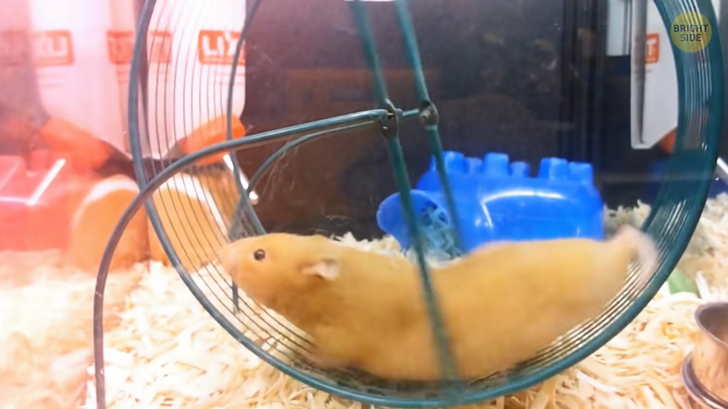
If your cat is walking between your legs, it’s not trying to trip you, it’s trying to leave its scent on you to claim you as its property. It also rubs against your legs when it’s excited about getting some food. Now, kitties can be sneaky. They know such signs of affection make your heart melt, and you’ll give it what it wants.
Pet parrots inherited the habit to only eat a tiny bit of food and drop the rest from their wild ancestors. Scientists found that in the wild they mostly drop unripe fruits. They’re more careful with food during breeding season when they have little ones to feed.
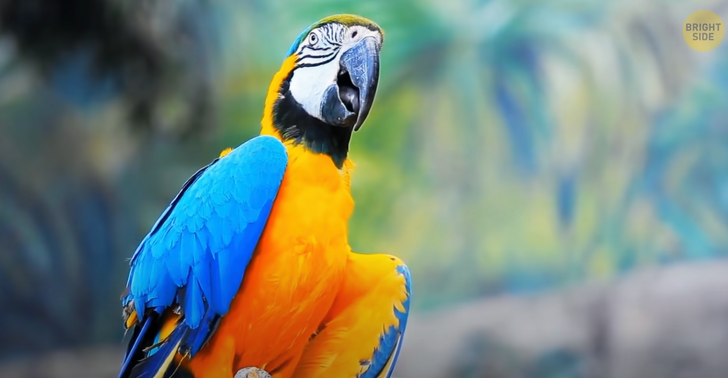
And dogs sometimes bark and move their feet in their sleep because they’re dreaming. If you look at them, you’ll notice their eyes are closed but making rapid movements as they’re in a deep sleep cycle.
Hey, my dog woofs and sometimes cries in his sleep, and his legs go crazy! That must be some dream! Hey, how about your pet?

